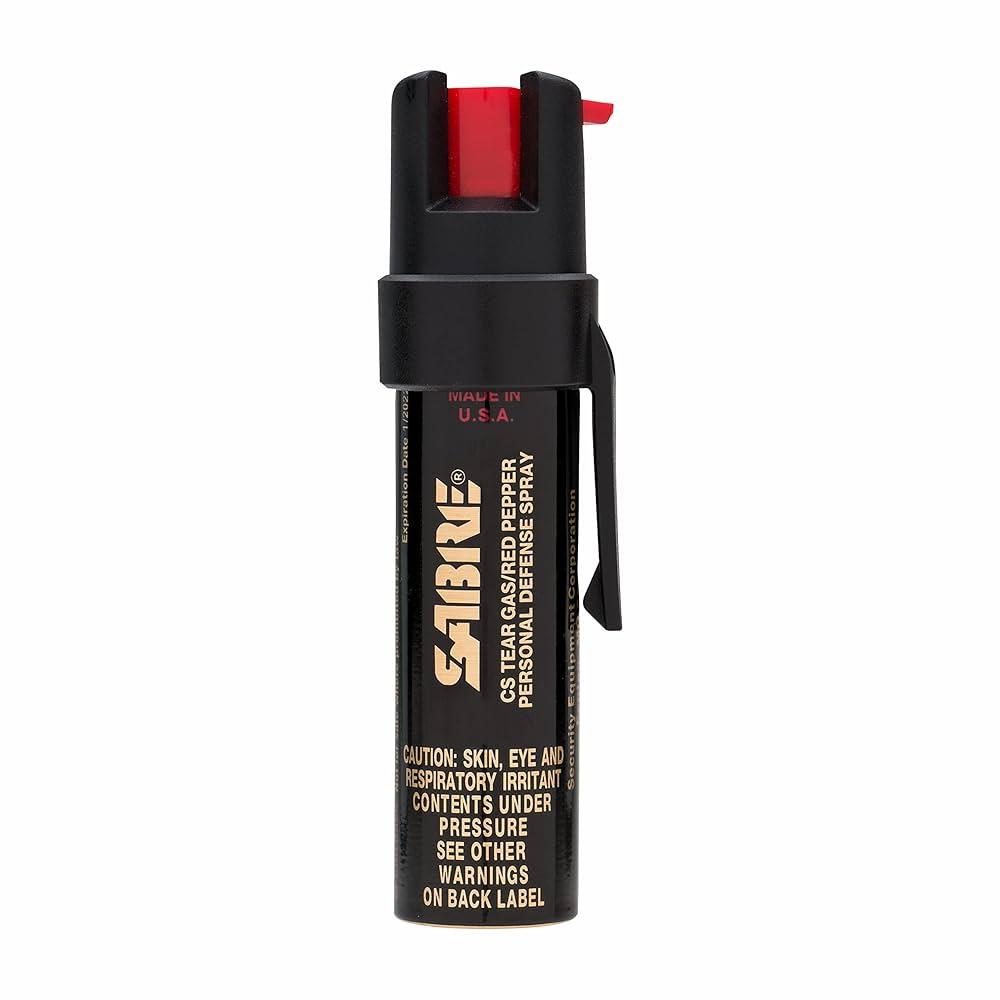Table of Contents
- New Legislation Proposes Integration of UV Dye in Self-Defense Sprays
- Potential Benefits and Safety Considerations for Consumers and Law Enforcement
- Comparative Analysis of UV Dye Technology in Self-Defense Products
- Guidelines for Responsible Use and Regulation of UV Dye-Enhanced Sprays
- Wrapping Up
New Legislation Proposes Integration of UV Dye in Self-Defense Sprays
Lawmakers in New York are reviewing a groundbreaking bill that would require self-defense sprays to incorporate UV-sensitive dye. This dye, invisible to the naked eye but highly visible under UV light, is designed to assist law enforcement by making it easier to identify perpetrators long after an attack has occurred. Advocates argue that this technological enhancement could significantly boost the efficacy of personal defense products while aiding investigations and improving public safety outcomes.
The proposed legislation outlines several key provisions including:
- Mandatory inclusion of UV dye in all newly manufactured self-defense sprays sold within the state.
- Regulation standards to ensure the dye is non-toxic, long-lasting, and detectable with standard forensic UV tools.
- Training initiatives for law enforcement on UV dye detection and evidence collection protocols.
If enacted, New York would join a growing number of states prioritizing innovative safety measures to empower citizens and assist officials in the fight against violent crime.
Potential Benefits and Safety Considerations for Consumers and Law Enforcement
The integration of UV dye in self-defense sprays presents several promising advantages for both consumers and law enforcement agencies. For users, the marked discoloration provides a reliable method to identify assailants post-incident, significantly aiding in confrontation and evidence collection. This visual marker enhances the deterrent effect by increasing the likelihood of suspect apprehension, which in turn bolsters personal security. Additionally, law enforcement can utilize the dye to expedite investigations, as the fluorescent residue remains visible under UV light, facilitating rapid identification and connection to the crime scene.
Despite these benefits, there are important safety considerations to address. The chemical composition of the UV dye must be non-toxic, hypoallergenic, and safe for skin contact to prevent adverse reactions among users and targets. Furthermore, regulatory frameworks need to ensure that the implementation does not lead to misuse or excessive harm, maintaining proportionality in self-defense scenarios. Training for consumers and law enforcement is also critical to maximize effectiveness while minimizing risks, ensuring that both parties understand proper deployment and retrieval protocols.
- Enhanced suspect identification: Facilitates quicker and more accurate suspect tracking.
- Improved evidence collection: Supports forensic investigations with clear, lasting marks.
- Increased deterrence: Presence of UV dye may reduce the likelihood of assaults.
- Non-invasive mark: Visible only under UV light, avoiding stigmatization.
- Consumer safety protocols: Emphasis on safe ingredients and usage guidelines.
Comparative Analysis of UV Dye Technology in Self-Defense Products
UV dye technology in self-defense products has emerged as a transformative advancement, offering law enforcement and civilians a new dimension of security. Unlike traditional chemical irritants, UV dyes provide a non-lethal means to mark assailants, enabling easier identification and subsequent prosecution. The technology involves formulations that, while temporarily obscuring the individual under normal light, glow vividly under ultraviolet lamps. This innovative feature enhances both immediate deterrence and long-term investigative effectiveness.
Key comparative advantages of UV dye sprays include:
- Forensic Utility: UV dyes enable precise tracking of suspects without permanent harm, supporting legal processes.
- Reduced Health Risks: The absence of chemical irritants minimizes the potential for severe respiratory or ocular reactions.
- Discreet Marking: Unlike brightly colored pepper sprays, UV dyes provide covert identification, reducing the likelihood of immediate detection and countermeasure by offenders.
While conventional sprays focus primarily on immediate incapacitation, UV dye formulations introduce a strategic layer to personal security tools. This shift could redefine standards for self-defense legislation and product manufacturing, with New York’s consideration signaling a potential national trend in the regulation and adoption of such advanced technologies.
Guidelines for Responsible Use and Regulation of UV Dye-Enhanced Sprays
To ensure the safe application of UV dye-enhanced sprays, strict protocols must be implemented by lawmakers and manufacturers alike. It is essential to mandate comprehensive training for users, emphasizing the importance of responsible handling to minimize accidental exposure and misuse. Additionally, clear labeling and usage instructions should be standard, highlighting the unique properties of UV dyes and their role in identification rather than causing physical harm. Authorities should also enforce limitations on spray concentration and range to balance efficacy in self-defense with public safety concerns.
Key regulatory recommendations include:
- Certification requirements for retail vendors to prevent sales to unauthorized individuals
- Establishing age restrictions and secure packaging to reduce child access
- Mandating transparency in chemical composition for health and environmental impact assessments
- Implementing clear guidelines on the lawful use and possession in public spaces
By adopting these measures, New York can set a precedent that supports both personal security and the responsible integration of innovative technology into self-defense tools, ensuring that UV dye sprays serve their intended function without unintended consequences.
Wrapping Up
As New York continues to evaluate the potential benefits and risks of legalizing UV dye in self-defense sprays, stakeholders from law enforcement, public safety advocates, and lawmakers remain engaged in the discussion. The use of UV dye could offer a valuable tool for identifying assailants and enhancing personal security measures. However, careful consideration of regulatory frameworks and ethical implications will be essential to ensure that any new legislation balances public safety with responsible usage. The state’s decision on this issue will likely set an important precedent for other jurisdictions deliberating similar measures in the future.Check Our Other Blogs
- StunGun – Your Trusted Source for Stun Guns, Laws, and Self-Defense Tips
- PepperSprayLaws – Your Trusted Resource for Pepper Spray Information
- StunGunLaws – Your Trusted Guide to Stun Gun Legality and Safety




